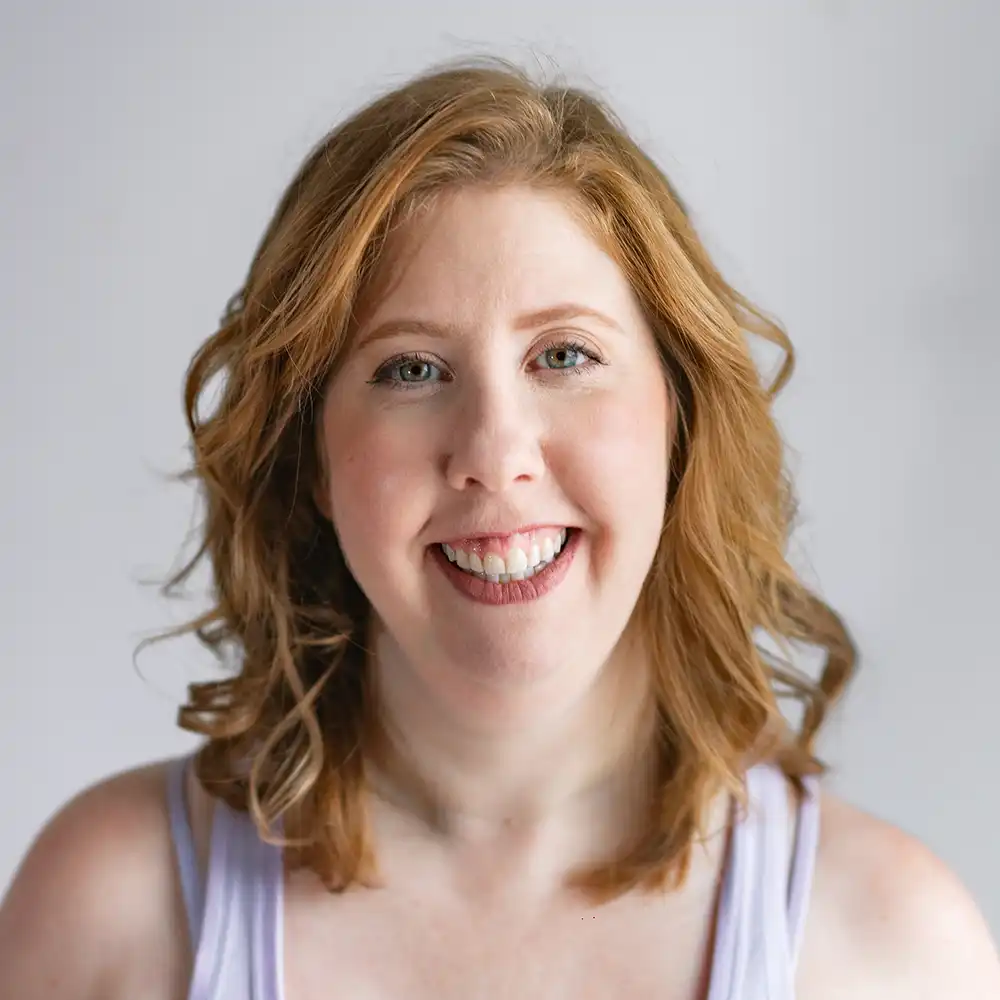
About Me
a disabled Pilates instructor

I have cerebral palsy, a lifelong disability, as a result of brain trauma I suffered as a baby. In 2019 – after seven years of fighting for a diagnosis and surgery – I was diagnosed with endometriosis. In 2023, I was diagnosed with multiple sclerosis. Pilates has been the solid foundation in my life that has kept me strong and allowed me to continue working. I couldn’t have chosen a better second career.
A lot of people on social media ask me about Pilates for weight loss, toning, and differences to their appearance, and I always ask them about their mental health. I ask them to prioritise how exercise makes them feel, and to work out to be stronger, less stressed, and in less pain. Once they shift their mindset and exercise for their health, rather than as a punishment, and heal their relationship with exercise, they feel better and have better and far more sustainable results.
As seen in...
Benefits of Training with me
Disability
Friendly
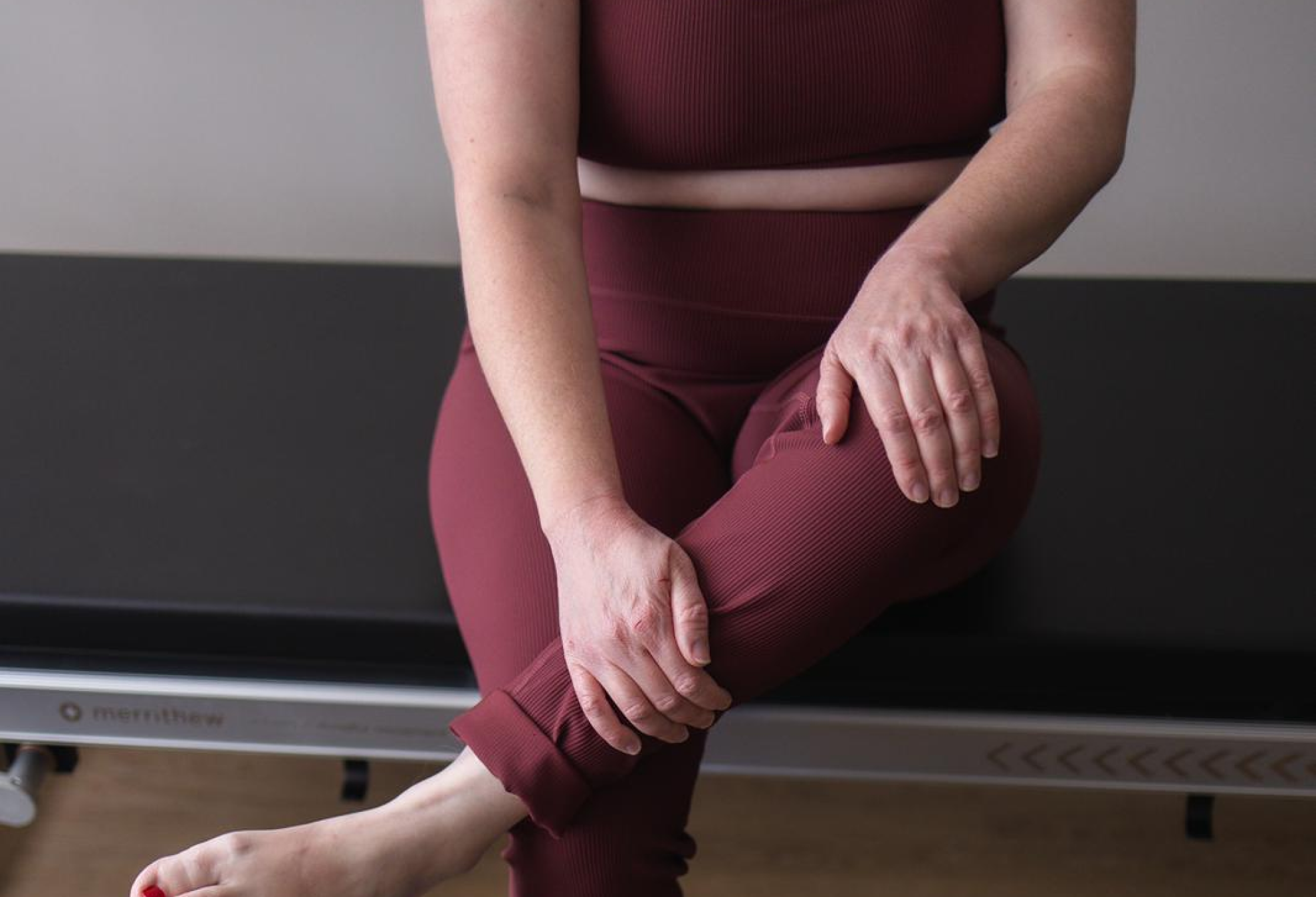
Classes are customised to you, with modifications and props that help you to manage your symptoms and discomfort. Clients finish classes with less pain and more energy.
Strength
Building
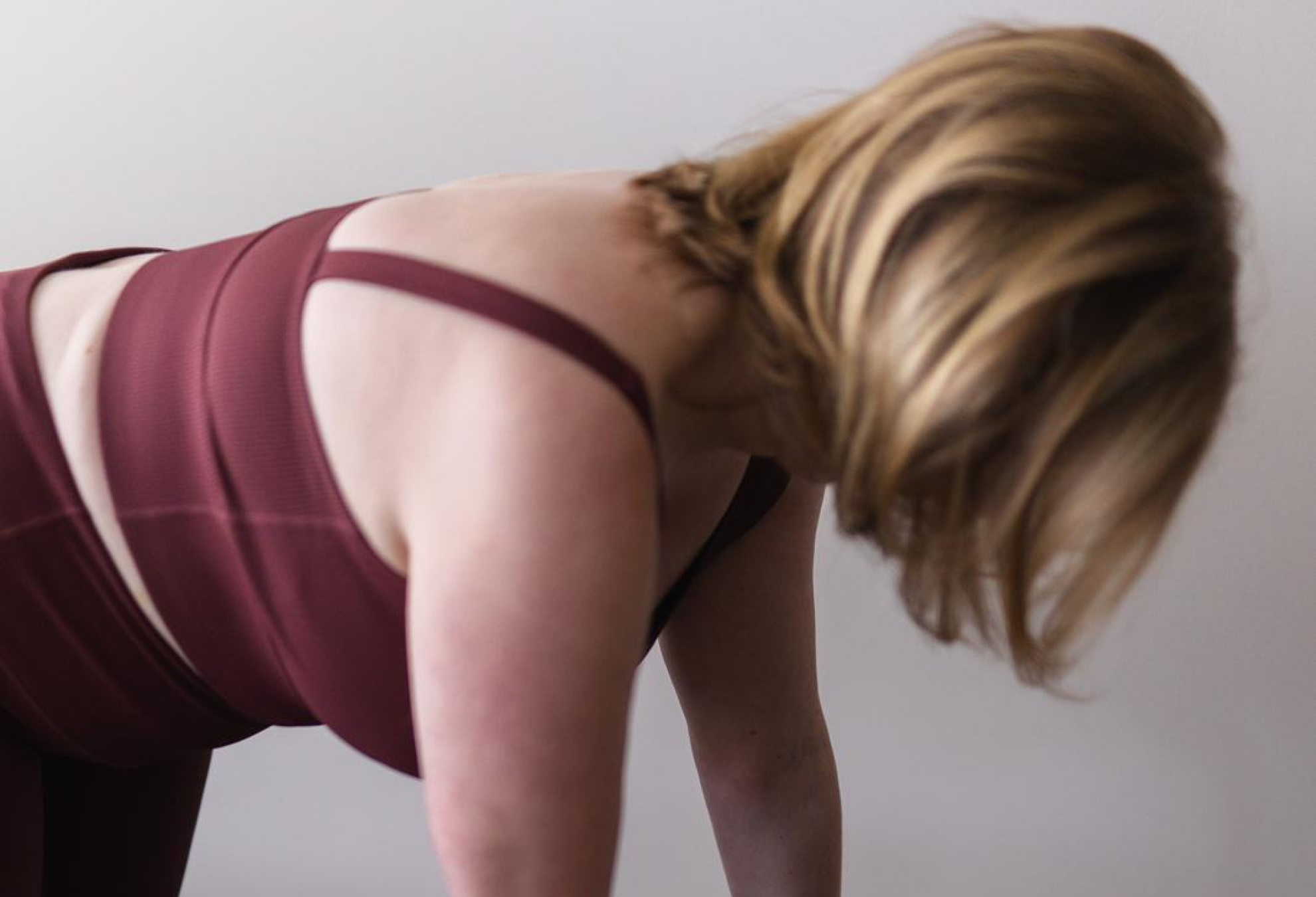
Pilates isn’t just about stretching. It’s about strength. More muscle strength means better posture and balance, less pain, and fewer injuries. Strength is also the foundation for improving mobility and flexibility.
Fun
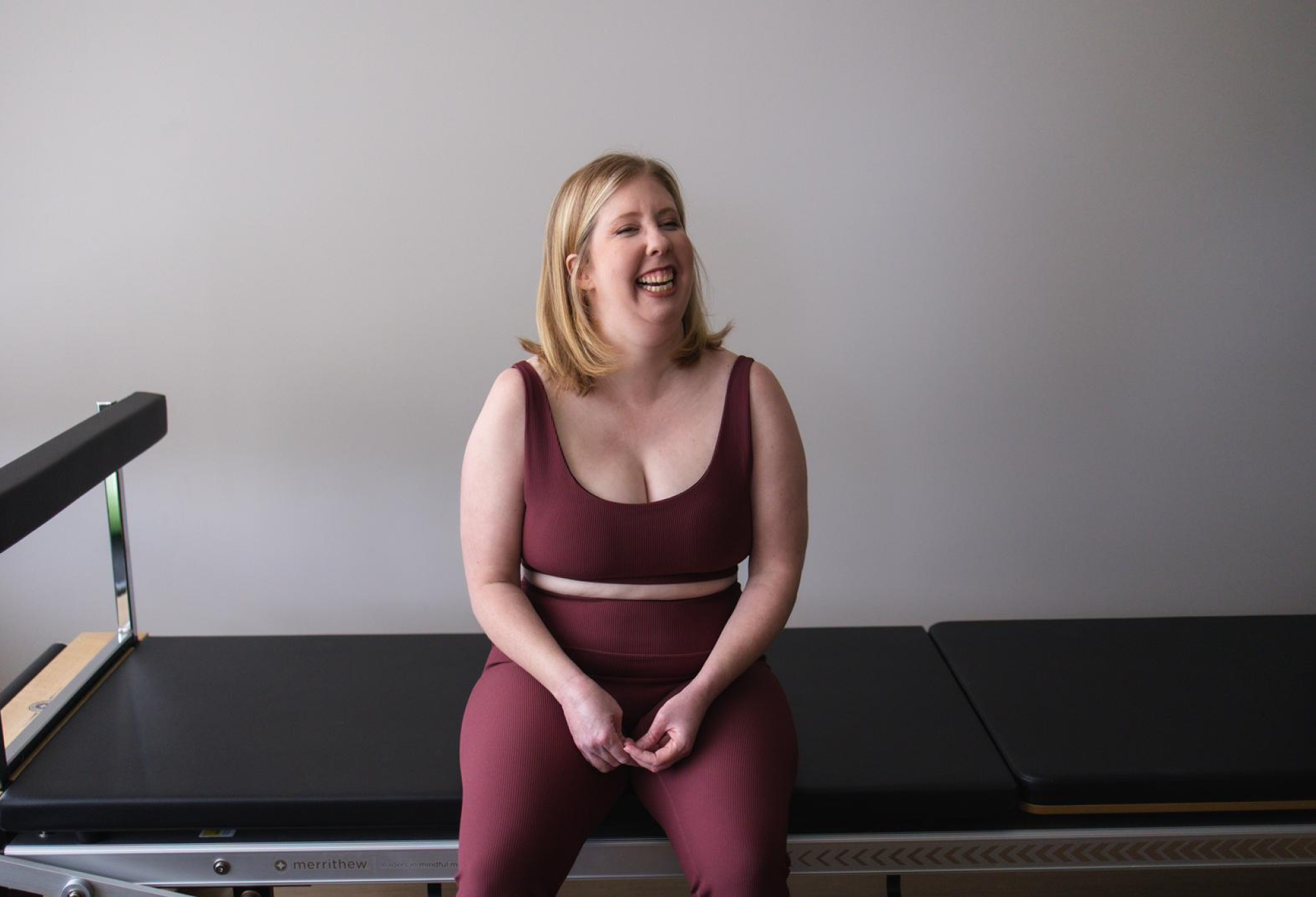
‘No pain no gain’ is an unhealthy perspective. I provide effective Pilates classes that are challenging, while remaining grounded, safe, comfortable, and fun. Exercise should be something you look forward to, not something you do out of obligation, guilt, or punishment.
Testimonials
I was immediately put at ease by Norah’s kindness and knowledge. She customized our session based solely on my needs and how my body was feeling that day. I’m disabled and miss moving my body and am SO grateful to have found Norah! I can’t wait for our next class! She not only explained everything well, but explained WHY each exercise benefitted me. Cannot recommend her enough!
~ Stephanie
Finally able to sleep after weeks of hip pain. Thank you, Norah.
~ Laurel
FAQ
What is Pilates?
A system of exercise created by a boxer called Joseph Pilates. He worked with the top echelon of ballet dancers, including Kathy Stanford Grant and Martha Graham, who introduced many dance principles into the discipline. The practice is a blend of ballet, boxing, strength training, resistance training, and yoga. Many people think that Pilates is another form of yoga or ‘just yoga’, but it’s more similar to ballet. Pilates involves dynamic movement where yoga is more static, and Pilates doesn’t have the same spiritual focus as yoga.
How do you get started with Pilates?
Work privately with an instructor if you can so that the instructor can get to know your body, give you a foundation for exercise, and provide props and modifications that make your practice easier and more supportive. Modifications don’t mean that you’re weak – they’re meant to help.
How many classes per week should you do?
Start with at least two classes per week and then build from there. It’s also great if you cross train, doing cardio workouts like running, biking, swimming, or walking on the days that you aren’t doing Pilates. Cardio is the one thing that Pilates doesn’t provide.
How many classes does it take to see results?
It’s usually after class number six that things click and make sense. You’ll say, ‘I get this. This feels good. I feel better.’ Six is typically the magic number.
Can men do Pilates?
Of course – it was literally created by a man called Joseph Pilates.
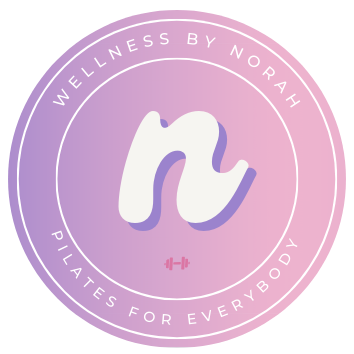
Norah is a fabulous Pilates instructor. I’ve been working with her for almost a year to build strength and deal with pain as someone with hypermobility. She tailors the class to what her students need and is always willing to explain each move to help you get the most out of it and avoid injury. She’s extremely accommodating of differences and accepting of marginalized folks who might not have access to or feel comfortable in a typical studio space. She’s a kind, caring and fun person to work with. I always feel better both physically and mentally after a class with her!
~ Marco